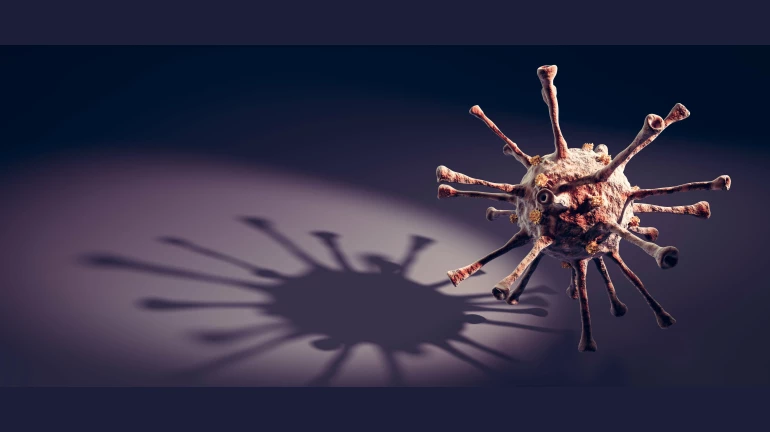
After mucormycosis, now doctors are observing growing cases of another invasive fungal infection—aspergillosis (also known as White Fungus) – among recovered COVID-19 patients in the second wave.
According to doctors, an unregulated usage of steroids among coronavirus patients has led to the spread of this fungal infection. Hence, doctors are consciously limiting early use of steroids in patients to reduce the chances of secondary infections and have also advised patients not to start steroids at home. It is being advised that patients should take steroids only under medical supervision.
Earlier, White Fungus was reported in Bihar and Uttar Pradesh. Now it has come to light that civic-run hospitals like King Edward Memorial (KEM), Parel and Lokmanya Tilak General Hospital, also known as Sion hospital, also have patients with aspergillosis.
What is Aspergillosis?
Aspergillosis is an infection caused by aspergillus, a common mould (a type of fungus) that lives indoors and outdoors.
Aspergillosis or White Fungus is nothing but candidiasis, a fungal infection caused by a type of fungus called Candida. Candidiasis is not life-threatening, it spreads through candida fungus and is common in ICU COVID-19 patients. It infects the throat, mouth, gut but is easily treatable unless you miss treatment or symptoms completely and it becomes invasive.
Aspergillosis spreads slower than mucormycosis and is normally treated with Voriconazole. Though doctors said aspergillosis spreads slowly but it should not be ignored as it can cause blindness, organ dysfunction, loss of body tissue and can reach the lungs of the patients.
Reportedly, mucormycosis (Black Fungus) is more dangerous than the Aspergillosis (White Fungus) as the treatment for the former can continue for 1-1.5 months.
Meanwhile, several doctors have stated that the concept of white and black fungus is misleading. The differentiation of fungus as black and white is not scientifically correct, doctors said. Fungi are mainly differentiated as invasive and non-invasive.
Randeep Guleria, Director, AIIMS New Delhi during the media interaction appealed to people not to identify fungal diseases by colour as it was creating confusion. He said the disease should be called by its name such as mucormycosis
According to reports, healthy people breathe in aspergillus spores every day without getting sick due to high immunity. Taking this as a cue, currently, many hospitals are routinely performing a nasal endoscopy for all in-house recovered coronavirus patients with low immunity for early diagnosis of invasive fungal infections.
Symptoms of Invasive Aspergillosis:
It can be difficult to know which symptoms are related to aspergillus infection. However, the symptoms of invasive aspergillosis in the lungs include:
Also Read: COVID-19: These states have declared 'black fungus' as an epidemic





